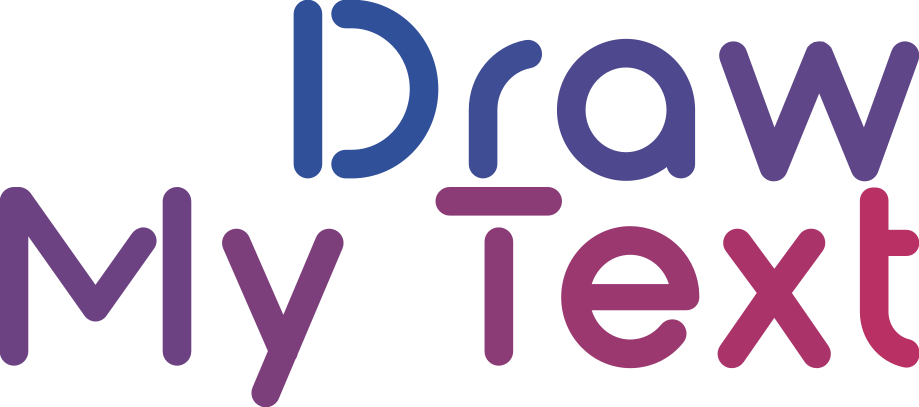
The Rise of AI-Generated Art: What It Means for Traditional Artists
February 2, 2024
From Zero to GAN Hero: Understanding the Technology Behind Deepfakes
February 3, 2024Hey there! 😊 If you’re as intrigued by the world of artificial intelligence as I am, then the topic of Generative AI’s Impact on Data Security: What You Need to Know is one that you can’t afford to overlook. It’s a field that’s not just revolutionizing how we interact with digital content, but also raising new concerns when it comes to data security and privacy. Let’s embark on an explorative journey to understand the nuances of this issue together!
The Advent of Generative AI and Data Privacy
Before we dive deeper, let’s unpack what generative AI actually is. At its core, generative AI refers to the subset of AI technologies that can generate new content, whether it’s text, images, or even music, that is often indistinguishable from content created by humans. As thrilling as this tech is, it also brings forth a multitude of data security concerns.
For instance, generative AI models like GPT-3 and DALL-E have shown an uncanny ability to produce content that’s strikingly human-like. These models, fundamentally, learn from vast amounts of data, some of which may be sensitive or personal. Thus, ensuring data privacy in generative AI is paramount.
You may now wonder, how exactly does this impact data security? Imagine personal data inadvertently being part of the training set for a generative AI model, which then learns to mimic or reproduce aspects of that data. There’s the potential for misuse in identity theft, generation of fake media (deepfakes), or unauthorized access to sensitive information. It’s a deep rabbit hole when you really think about it, and a compelling reason why we need to take a magnifying glass to these issues.
The Relationship Between Generative AI and Data Security
My experience in the field has taught me that securing data within generative AI isn’t a one-and-done deal. It’s a continuous process that evolves with the technology Google AI Blog. There are two sides to this coin: preventing unauthorized data generation and protecting the training data itself.
Generative AI models have the technical prowess to create realistic and sensitive data, which can be a gold mine for cybercriminals. Therefore, restrictions and safeguards must be put in place to prevent the generation of such data. On the flip side, if the models are trained on datasets with private information, we risk exposing that data if the model is reverse-engineered.
To combat this, techniques like differential privacy and federated learning are being implemented to train AI models without exposing the underlying data. An entire ecosystem, including tools, practices, and legislation, must be developed to monitor and govern these technologies effectively. The future of data security in generative AI rests on the shoulders of robust frameworks that emphasize transparency and user control.
Mitigating Risks and Safeguarding Data in Generative AI
So, how can we mitigate these risks? That’s the million-dollar question! A multi-layered approach is necessary to ensure that generative AI can be utilized safely. Data anonymization, secure data storage, and stringent access control are just the tip of the iceberg when it comes to measures that need to be implemented.
Additionally, there’s also the aspect of legal compliance. Regulations like the GDPR have set the precedent for how personal data should be treated, and it’s crucial for AI developers and users to adhere strictly to these norms. More resources are popping up every day to help businesses stay compliant and navigate the complex landscape of GDPR regulations.
Another proactive step is to encourage the development of open-source tools that can evaluate and enhance the security posture of AI systems. Transparency in AI operations helps to build trust and ensures that practices around data security are not just reactive but proactive.
How Our Platform, DrawMyText, Adopts Data Security Measures
Speaking of leveraging generative AI responsibly, I’d love to draw your attention to our fantastic text-to-image generation platform, DrawMyText. We understand the importance of data security and have incorporated cutting-edge measures to protect your data. Our platform ensures that your creations are safeguarded with the highest privacy standards.
At DrawMyText, we offer competitive pricing and impressive features that enable you to bring your textual concepts to life with peace of mind. We use the latest encryption techniques to secure your inputs and creations, ensuring they remain yours alone.
I invite you to explore our plans and discover a world where creativity meets security. Your support helps us not only maintain a secure platform but also push the boundaries of what generative AI can do when data privacy is given the priority it deserves. Subscribe today and join us on this exciting journey! 🚀
Generative AI’s Impact on Data Security: What You Need to Know – FAQs
- What is Generative AI?
-
Generative AI refers to artificial intelligence systems capable of creating content, such as text, images, or videos, that mimic those created by humans. These powerful AI models are trained on large datasets and can generate astonishingly realistic outputs.
- Why is data security a concern with Generative AI?
-
Data security is a concern because these AI models require access to vast amounts of data, which may include sensitive or personal information. If not handled correctly, there is a risk of data breaches or unintended data generation that could compromise privacy.
- What is differential privacy, and how does it help?
-
Differential privacy is a system for publicly sharing information about a dataset by describing the patterns of groups within the dataset while withholding information about individuals in the dataset. It helps maintain data privacy by making it difficult to infer data about any individual within a group.
- Can Generative AI be regulated for safety?
-
Yes, through a combination of technology solutions, regulatory frameworks, and best practices, Generative AI can be regulated to promote safer use. This involves data anonymization techniques, adherence to privacy laws, and the implementation of security protocols.
- How can I trust platforms using Generative AI with my data?
-
Trust in platforms using Generative AI comes from transparency, commitment to data security practices, compliance with privacy laws, and the implementation of robust safeguards. It’s important for users to research and understand the privacy policies and security measures of these platforms before use.
Conclusion
I hope this deep dive into the world of generative AI and its interplay with data security has left you better informed and ready to navigate this rapidly evolving landscape. Remember, while generative AI brings about transformative possibilities, our vigilance in data security and privacy is key to harnessing its potential safely and ethically. Let’s continue this conversation and grow together in our understanding of these cutting-edge technologies. If you’ve enjoyed learning about this, make sure to subscribe for more insightful content, and don’t forget to check out DrawMyText for a firsthand experience of secure generative AI in action! Stay safe, guys! 👋
Keywords and related intents:
Keywords:
1. Generative AI
2. Data Security
3. Data Privacy
4. AI Technologies
5. GPT-3
6. DALL-E
7. Differential Privacy
8. Federated Learning
9. GDPR Compliance
10. DrawMyText
Search Intents:
1. Understand the impact of Generative AI on data privacy and security.
2. Explore how generative AI technologies create content similar to human output.
3. Investigate the risks of including personal data in generative AI model training.
4. Learn about potential misuse of generative AI in identity theft and deepfakes.
5. Find strategies to secure data within generative AI systems.
6. Research the role of differential privacy in protecting AI training data.
7. Discover how federated learning contributes to AI data security.
8. Identify legal compliance requirements for generative AI in relation to GDPR.
9. Evaluate the security features of DrawMyText’s text-to-image generation platform.
10. Examine open-source tools that assess and improve the security of AI systems.
#data privacy in generative ai
#Generative #AIs #Impact #Data #Security


